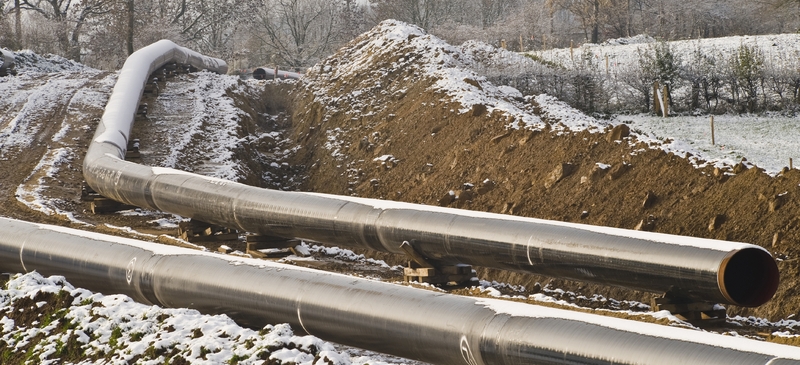
How to build an EU energy market
by Katinka Barysch
Unbundling the supply of energy from its transport, moving Europe towards a low-carbon energy system, and getting the Nabucco pipeline built – these were the priorities of the last energy commissioner, Andris Piebalgs. His successor, Günther Oettinger, will write his own to-do list. The EU now has a dedicated climate change commissioner, Connie Hedegard, with whom Oettinger will have to work closely. When it comes to the EU’s internal energy market and security of supply, Oettinger will also have to rethink.
Twelve years after the EU passed its first law to open up gas markets, and seven years after adopting a second package, there is still no EU-wide market for gas (electricity looks a little better). In France, Germany and other EU countries, big, vertically integrated energy companies have resisted the Commission’s successive attempts to create real competition. The last big push to break up these companies ended in a truce: the third energy package, adopted in 2009, allows gas companies to keep their pipelines, provided they run them as truly separate entities.
Oettinger and his team in the EU directorate-general for energy will have their hands full to make sure that EU countries implement the third package by the 2011 deadline. There is little appetite for re-opening the unbundling debate for now. If and when Europeans start talking about the fourth gas package, their focus will probably shift towards infrastructure and market regulations.
It has become clear that passing laws on liberalisation will not in itself deliver a European energy market. The physical links between national markets are missing. Moreover, the 2009 gas crisis illustrated that a functioning internal market is not only needed to deliver reliable, low-cost energy to European households and factories. It is also the EU’s main tool for improving security of supply. Gas links allow countries to switch suppliers in case of emergency.
The EU budget allocates only around €250 million a year to energy infrastructure (under the trans-European networks for energy, or TEN-E, programme). The EU’s economic recovery programme from last year earmarked €2.4 billion for energy projects, parts of it for the so-called interconnectors between national power grids and gas pipeline networks. Now the Commission has suggested that the EU should set up a new fund for the next EU budget period, which starts in 2014. This ‘energy security and infrastructure instrument’ could dispatch €1-2 billion a year.
Energy experts disagree whether public money is needed to build interconnectors, and if so, how much. The market alone will probably not deliver all the links needed for a Europe-wide network. But it should deliver most of it. The Clingendael Institute, a Dutch think-tank, reports that over the last decade, Europe has added a mere 1,000 kilometres to its trans-national pipeline network. In the US – where unbundling was completed by the early 1990s – private companies have built around 30,000 kilometres of new pipelines over the same period (in response to approximately the same gas demand growth).
The difference between the European and the American gas market is not only its size and the degree of liberalisation but also the way the market is regulated and run. Even if EU companies were fully unbundled, different regulations and licensing procedures in the various EU countries would still make it unnecessarily hard to build infrastructure that straddles borders. Harmonisation is needed here. Moreover, the EU may have to allow those companies that build cross-border links higher returns on their investment. To figure out which connections would make most sense for the EU as a whole, a Union-wide infrastructure plan is needed.
The EU has asked a new group of network operators (called ENTSO) to draw up a European infrastructure priority plan. And it is establishing a new ‘agency for the co-operation of energy regulators’ (ACER) in Slovenia. However, ENTSO’s plan may well be subject to the same national horse-trading that has characterised the allocation of previous EU infrastructure money. And it will not be binding on companies or governments. For economic and energy security considerations to take precedence, ACER should be given a stronger say in defining infrastructure priorities and driving harmonisation of licensing regimes forward. Only then could the EU justify setting up a new multi-billion euro energy infrastructure fund.
Katinka Barysch is deputy director of the Centre for European Reform.
